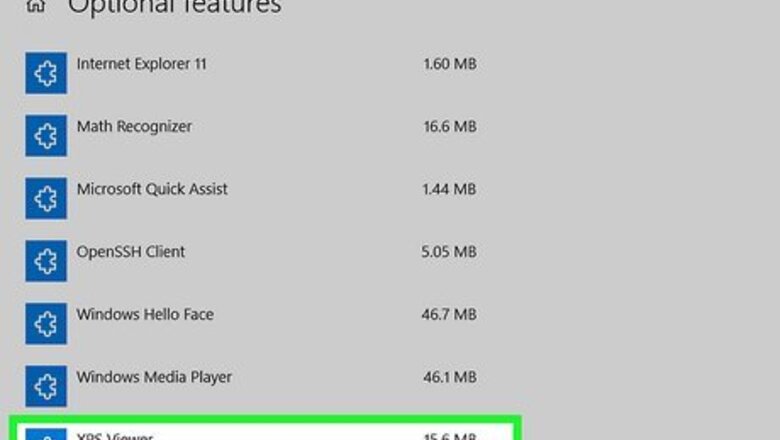
views
- On Windows 10 & 11, you can install Microsoft's XPS Viewer to open XPS files on your PC.
- You can also upload your XPS file to Google Drive and then download it as a PDF to make it easier to read and share.
- Alternatively, try an online XPS-to-PDF file converter to convert the XPS file to a more popular file type.
Using Windows XPS Viewer (Windows 10)
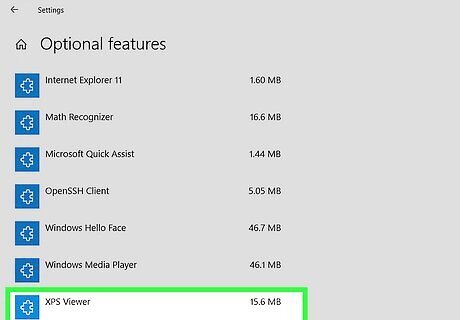
Add XPS Viewer to your computer if necessary. Here's how you can find out if XPS Viewer is installed on your Windows 10 or 11 PC, as well as how to install it if it's not: Press Windows key + S to activate the search bar. Type optional features. Click Manage optional features. If you see "XPS Viewer" in the list of installed features, you're good to go. If not, click Add a feature at the top of the window, check the box next to "XPS Viewer," and then click Install at the bottom.
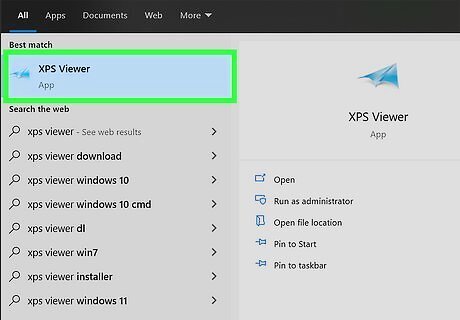
Open the XPS viewer. An easy way to do this is to type xps into the Windows search bar (you can click the magnifying glass next to the Start button or press Windows key + S if you don't see it) and click XPS Viewer in the search results.
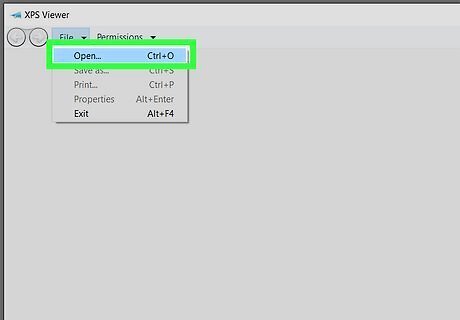
Open the XPS document in the viewer. To do this, click the File menu at the top of the viewer, select Open, and navigate to the file ending with the .xps file extension. Select the file and click Open to display it in the XPS Viewer. Double-clicking your XPS file on your computer will also open it immediately in the XPS viewer.
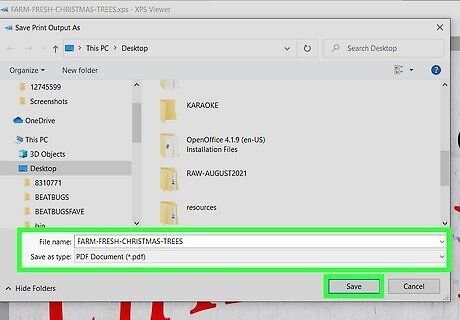
Save the file as a PDF (optional). If your XPS file is important and you think others need to see it, it'll be best to convert it to PDF and share/save that instead. Here's how: Click the printer icon in the upper-right corner (to the left of the Find bar). Select Microsoft Print to PDF as the printer. Click the Print button. You'll see that the "Save as type" menu is now set to PDF Document. Type a name for the file, choose a saving location, and then click Save.
Using Windows XPS Viewer (Windows 11)
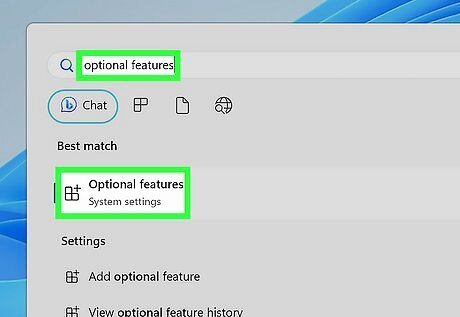
Open Windows 11's Optional Features panel. While there is an XPS reader available for Windows 11, it's not installed by default. Fortunately, it's easy to install: Press Windows key + S to activate the search bar. Type optional features. Click Optional Features in the search results.
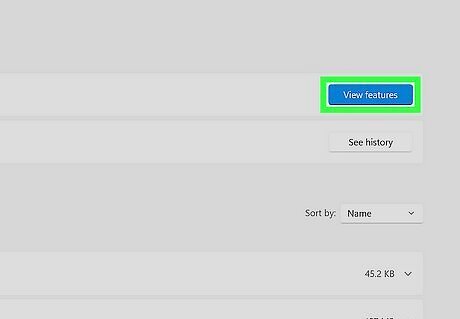
Click the View features button. It's at the top-right corner of the window.

Type XPS into the search bar. Once you type XPS, you'll see "XPS Viewer" in the search results.
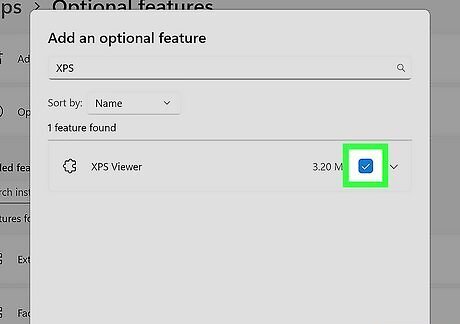
Check the box and click Next. If the box is already checked, skip to Step 5.
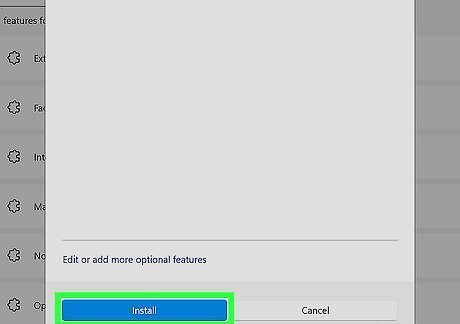
Click Install. This installs the XPS Viewer on Windows 11.
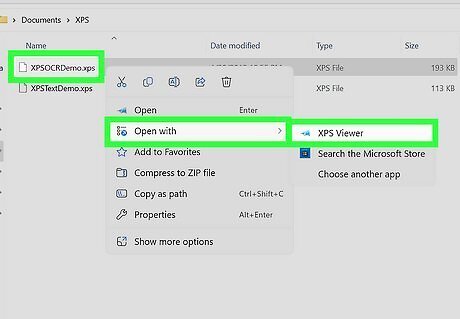
Right-click the XPS file and select Open with > XPS Viewer.
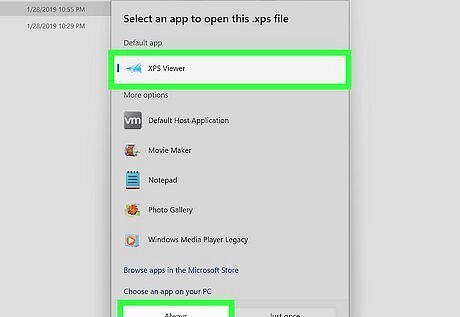
Select "XPS Viewer" and click Always. This opens the XPS file in Microsoft's XPS Viewer. Now that you've set XPS Viewer as the default app for XPS files, double-clicking an XPS file will open it in XPS Viewer automatically.
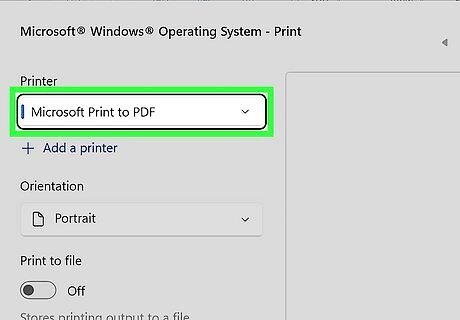
Save the file as a PDF (optional). To save the file as a PDF so it's easier to share with others, click the printer icon at the top-right corner, select Microsoft Print to PDF as the printer, and click Print. You can then choose a location to save the file to, enter a file name, and click Save.
Using Google Drive
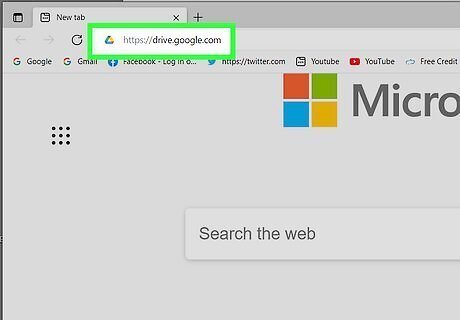
Go to https://drive.google.com. As long as you have a Google account, you can upload your XPS document to Google Drive to easily display it in your web browser. This will work on Windows, Mac, and Linux. If you're not already signed in with your Google account, follow the on-screen instructions to do so.
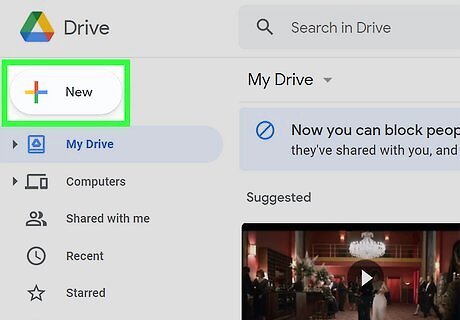
Click + New. You'll see this button at the upper-left corner of Google Drive.
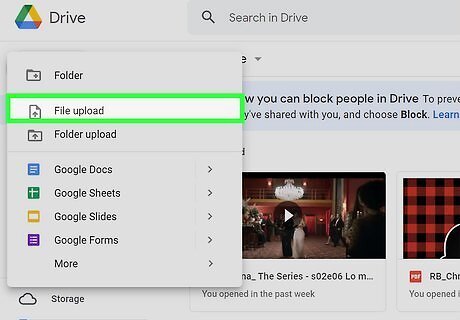
Click File upload on the menu. This opens your computer's file browser.
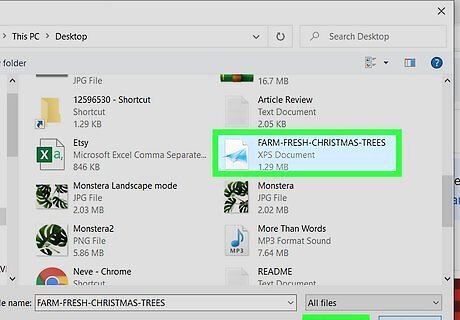
Select the XPS file and click Open or Choose. This is the file that ends with ".xps." If you downloaded the file from an email or the web, it'll usually be in your Downloads folder. This uploads the file to Google Drive.

Double-click or tap the XPS file in your Google Drive. This displays the contents of the XPS file in your web browser window.
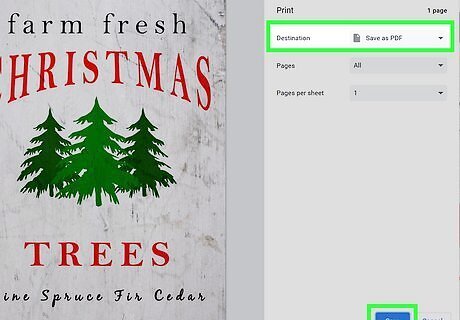
Save the file as a PDF (optional). Want to make the file more compatible so others can view it easily? Here's how you can re-download it as a PDF: Click the printer icon in the upper-right corner (this may work differently on phones and tablets—for best results, use a computer, or check out XPF to PDF). Click the download button (the downward-pointing arrow above a horizontal line) at the upper-right corner of the print preview. You'll notice that the file type is now PDF (ending with .pdf file extension). Choose a location to save the file to and click Save.
Using a Converter

Go to https://xpstopdf.com in a web browser. This website allows you to upload your XPS file and convert it to a PDF. Since the PDF format is so widely compatible, converting the XPS file will help ensure that anyone who needs access to the file can view it. You can use this method on any platform, including Android, iPhone, iPad, or Mac.
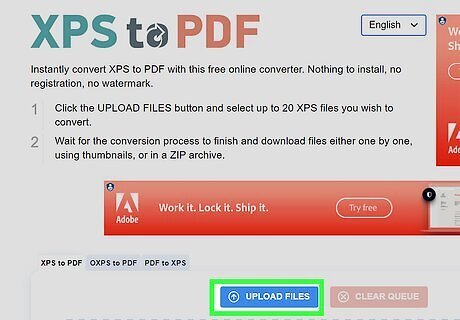
Click UPLOAD FILES. It's a blue button near the middle of the page.
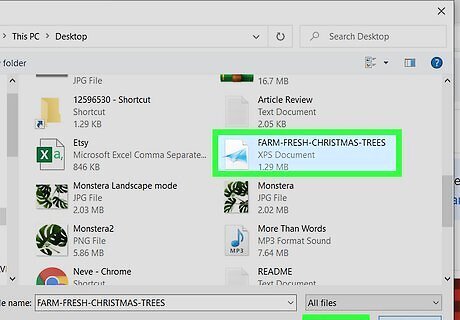
Select your XPS file and click Open or Choose. This is the file that ends with ".xps." If you downloaded the file from an email or the web, it'll usually be in your Downloads folder.

Click the DOWNLOAD button on the XPS file. This converts the file to the PDF format and prompts you to save it.
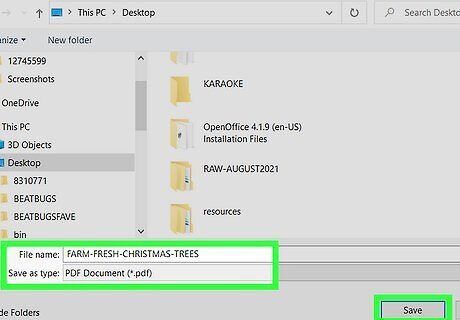
Select a saving location and click Save. This saves the new PDF file (which should look identical to the XPS file) to your computer. To open the PDF file, just double-click or tap it—it will open in your default PDF viewer (all platforms have one).



















Comments
0 comment